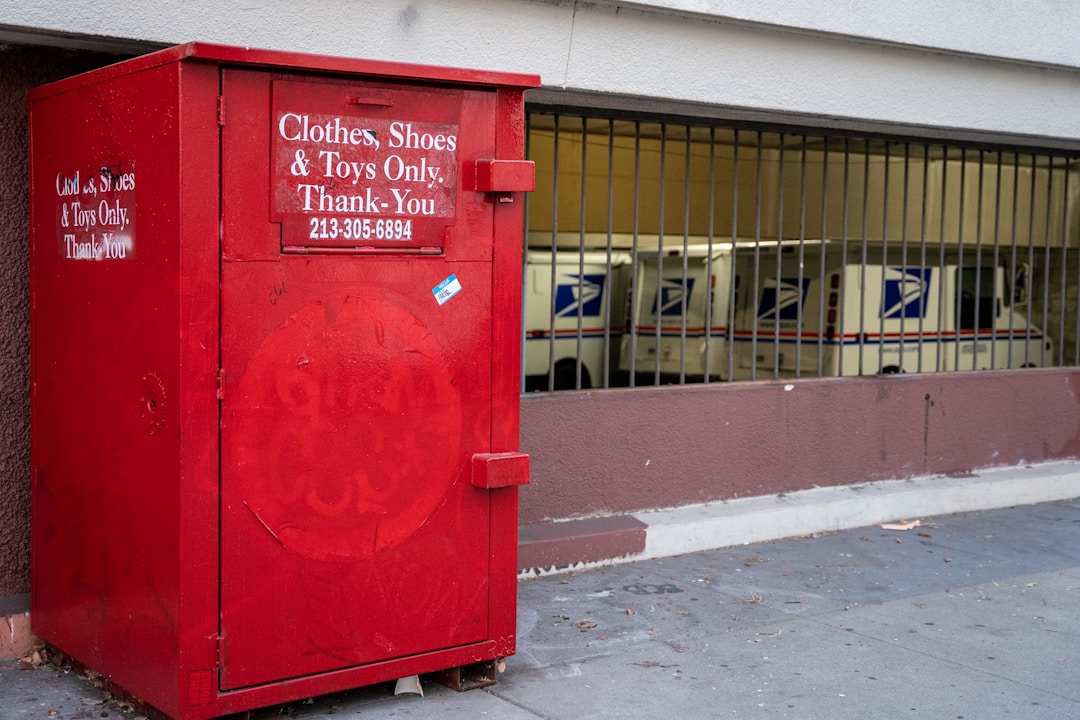There are many reasons a person might decide to declutter their belongings. Perhaps they have an upcoming move approaching, they’re downsizing to a space with less storage, or they might simply be dreaming of a living space with a lot less stuff. In any case, they need to cut down on the items around them, getting rid of things they don’t need and taking advantage of more effective storage options for those items they intend to keep.
As you embark on your decluttering journey, you may run into a wide range of obstacles and even more questions. For example, how should you handle the sheer number of items you have to sort through? Where can you find storage units near you? What should you do with the things you’re purging? Fortunately, a few particular tips can guide you through the decluttering process at home and beyond.
1. Find the right type of decluttering for you.
From Marie Kondo to The Home Edit, there’s no shortage of decluttering and organizing methods you can choose from, and each one has its legions of devoted followers who swear by their strategy of choice. However, your question shouldn’t be which method of organizing or decluttering is the most effective for most people. Instead, you should consider which option is the right fit for you.
Hot Mess House host Cas Aarssen utilizes this concept in her Clutterbug ideology, a set of four different organizing styles she’s seen in her clients. The same principle can be applied to decluttering. For example, should you sort through your items in large groupings, like the KonMari categories of clothes, books, papers, and so on, or will you have better results by categorizing your belongings further, such as decluttering tops, bottoms, dresses, and other subcategories within the larger umbrella of clothing? Once you’ve determined the most effective strategy for your unique needs and personality, the decluttering process will become much less overwhelming.
2. Figure out what to do with your existing belongings.

The belongings you keep and those you decide to discard will need to be dealt with beyond this initial declutter. For those things you plan to keep, what will you be doing with them? Ideally, you’d have delegated spaces within your home for everything you keep. However, your space doesn’t always work with your lifestyle. For instance, what if you’re embarking on RV life and are decluttering your belongings to fit in that small space, but you don’t want to lose their cherished heirlooms or other non-urgent items just because they’re not in the RV with you? In these cases, a storage facility may very well be your best bet. Just be sure to organize your storage unit to make sure your items are indeed organized and decluttered.
3. Find ways to dispose of the excess.
There are other items that you won’t want to keep. It’s easy to toss out blatant trash, but other types of belongings might prove more difficult. Can that box be recycled? Where might you donate those old clothes? What should you do with that entire extra pile? Take some time to research how you should dispose of those items you’ve decluttered to ensure you’re doing so responsibly. Donations, trash, and even gifts can get unnecessary items out of your home or storage space and to a more appropriate destination.
When you stare at a pile of clutter, the sheer thought of purging and organizing can become intimidating. However, you can and will get through these items successfully. Simply spend some time considering the methods and minds that will work best for you, store your “keep” pile in an organized manner, and dispose of the decluttered excess responsibly. Then, enjoy your newfound extra space!
